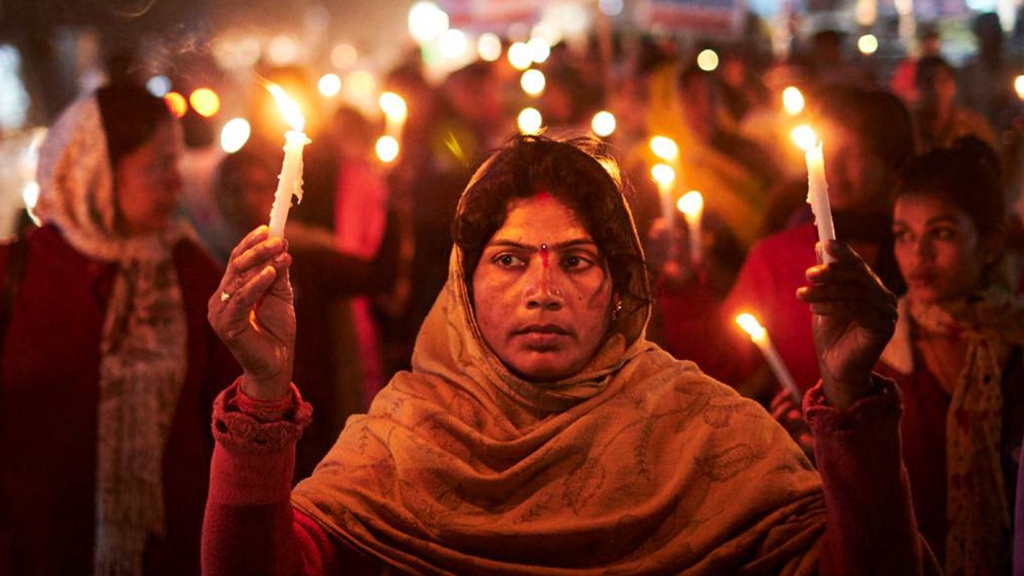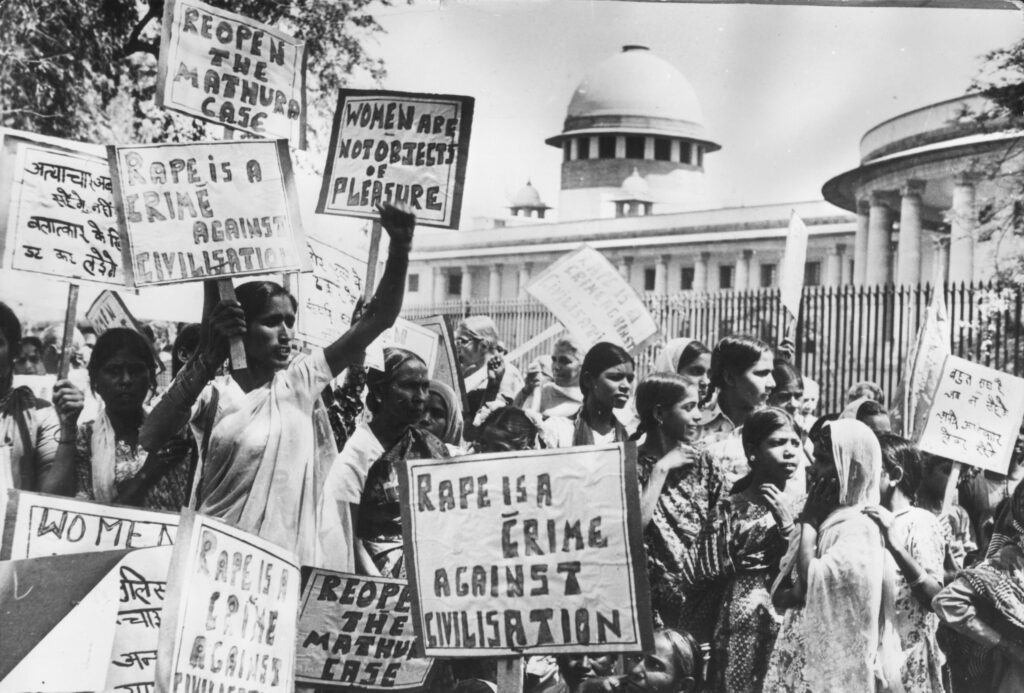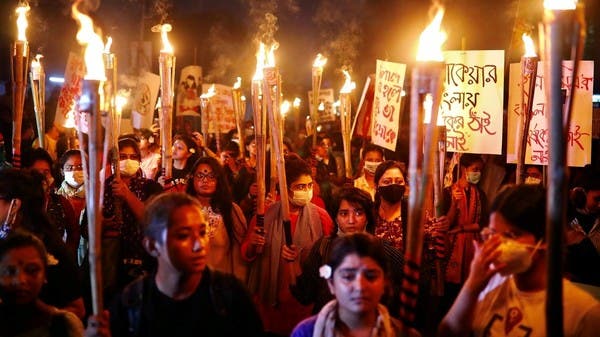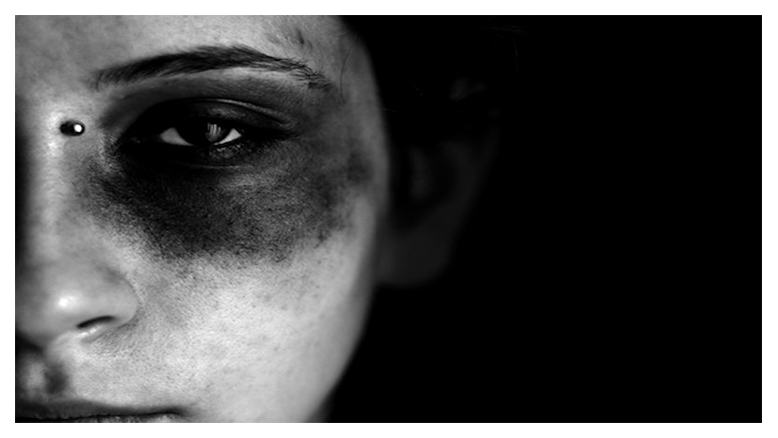The Indian Media and Researchers report that there have been more than a thousand rape cases in almost every state of India. According to Government and Public data, nearly four women are raped every hour in South Asia. But, only about 30 to 40 per cent of women per day find the courage to report that they have experienced sexual abuse.
The accurate figures are likely to be even higher in many areas of the region. Rural neighborhoods, for instance, are more prone to “marital rape” and family violence. Hence, many cases of sexual crimes often go unreported, buried under shame, confusion, and fear.
What is Rape Culture?
Weaponising female bodies has been part of the fabric of South Asian countries for the past century. Mass rapes between 1947 and 1971 were fundamental during the birth of Pakistan, Bangladesh, and India, the three populous nations in the South East Asian region. As the female bodies became a battlefield for patriotic honour, the shame still falls on those harmed, while the perpetrators face no repercussions.
Regardless of a particular age group, from women over a hundred years old to eight-month-old young babies, they have all suffered abuse by cruel men. Every waking minute as I write this, a woman someplace is getting raped, irrespective of their age, clothes, caste, religion, etc.
While we are actively dealing with the Coronavirus outbreak, we continue to hear reports of sexual violence against women. Essentially, this is nothing but a Rape Culture, where girls and women receive instructions on how to dress to keep out of trouble, or women are slut-shamed while normalizing male predatory behavior. Although the Indian Government has recently changed the Criminal Law against Rape and Rapists for heterosexuals and gays, no change has emerged in the attitudes of the abusive predators. It boils my blood to say that these creatures are not “Men” but Vicious Hooligans!!
Why has Rape become a “Culture” in South Asia?
The question is, what is causing such boys and men, or shall we say, vicious hooligans, to grow more frustrated in their lives? What gives rise to such violence?
Repeated rape cases across the countries have angered several South Asians and Feminists globally. Many are now demanding capital punishment for Rapists and murderers. In addition, authorities are being called on to hang the perpetrators openly. However, experts claim that this, too, indicates a rise in violent tendencies throughout the regions. According to some, there needs to be a better law enforcement presence, which I agree with, but this Rape Culture has become more than just a legal issue.
Male Ego
The sad truth in South Asia is that women remain subordinate and inferior in male-dominated societies. There is still high discrimination between the two genders, both in rural and urban settings, from family households to schools and colleges to the workplace. However, I also believe that deep-rooted psychological issues surrounding the “Male Ego” have yet to be resolved by Psychologists.
Financial Constraints
Another reason could be “Economic Frustration.” We all know that most men in the world have predatory instincts when it comes to sexual necessities. And to maintain their civil character, they cloak those feelings and yearnings in thick layers of deception. Due to this, in the 21st century, the abuse of women in the Western world is still viewed as low compared to the abuse in South Asia. Therefore, this may indicate that economic frustration and financial constraints are significant drawbacks. Unless the Western Media does not report such incidents?
Bollywood
Then we have Bollywood movies that greatly influence the South Asian crowd. They portray women as sex objects in most of the 80s to 90s films they produced through “Item Songs.” They have normalised the hyper-objectification of women. We find it shocking that these so-called “Bollywood Stars” would go to great lengths only to please their perverse audience. However, many Bollywood lovers might disagree.



How can we resolve this crime?
What are the possible solutions? Would it be possible to diminish Sexual Violence against women?
Economic Development could play a pivotal role. Then again, there are many cases of sexual abuse against women by powerful men as well. And with the social, economic, and cultural shifts, we continue to see persistent archaic attitudes toward women.
However, a helpful suggestion for the time ahead could be to normalize Sexual Awareness in schools. To educate the younger generation on the difference between sexual abuse and healthy sexual behavior at an early age. Then again, “most of these rapists” are not typically the “educated types” due to their poor households. But again, inadequate access to Education does not justify the prevalence of all the sexual crimes committed against women.
However, if Economic Development and Sex Education are not fully resolving the issue, how else can we proceed?
Perhaps, the Government, Psychologists, and Movie Makers need to engage in presentations, media, filmmaking, and live interactions with local communities separately to combat the Rape Culture.
Then, the regional police departments need specialized training in handling sexual crimes and easy access to medics, forensic experts, rape survivors, and psychologists.
Hopefully, in time, this will encourage victims to come forward to seek justice and lessen the increase rate in India and the rest of South Asia.

